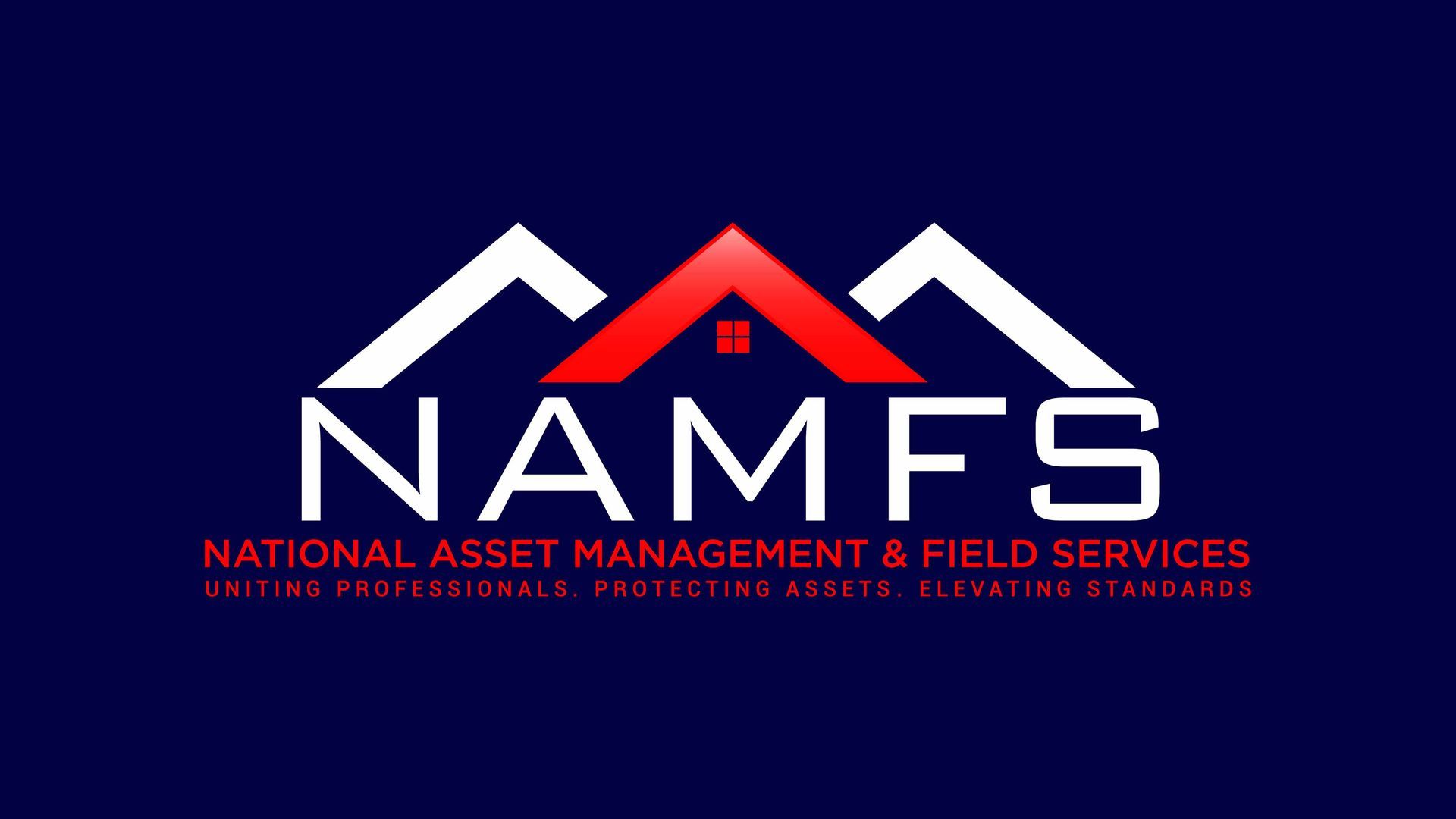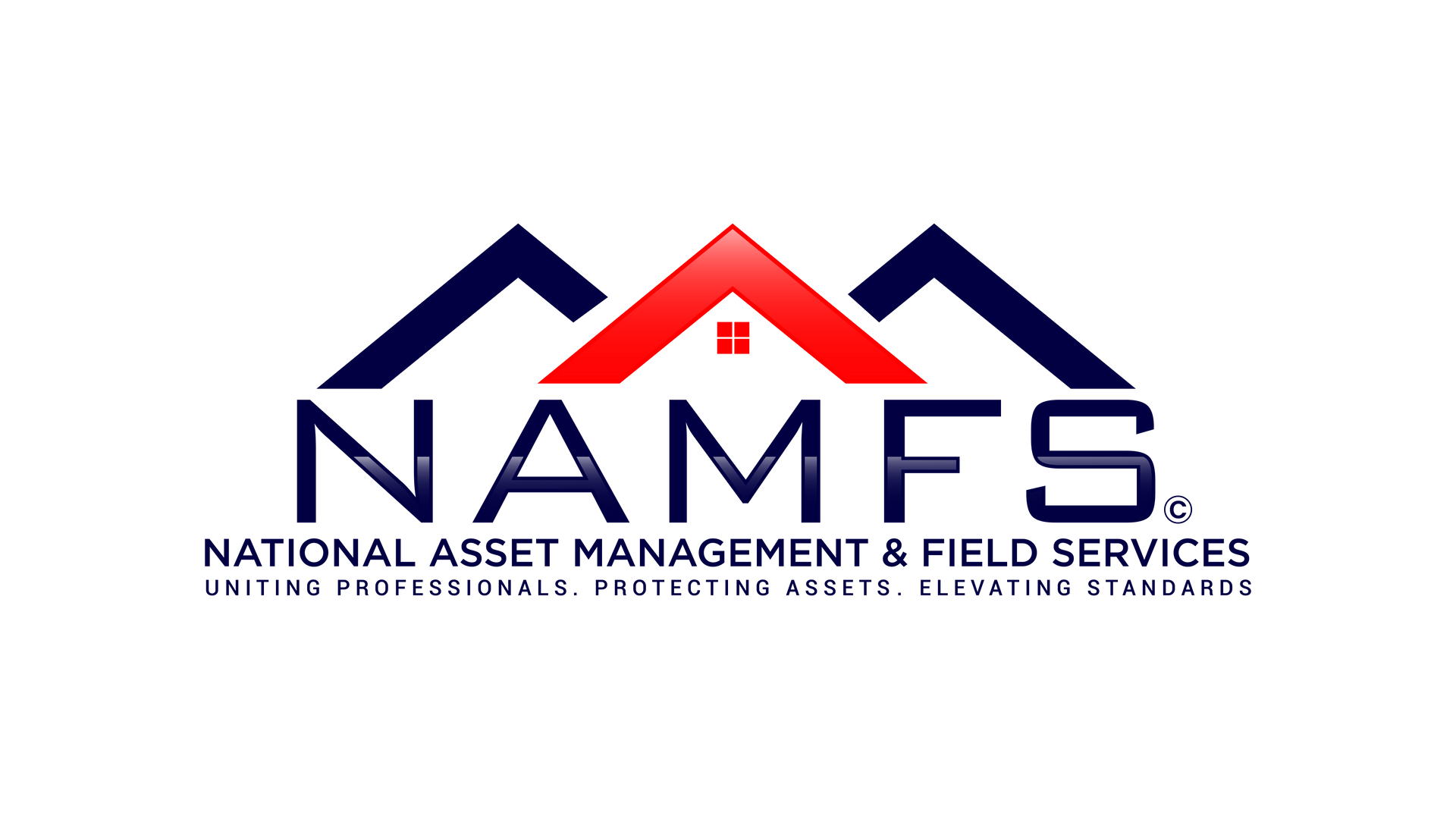Inspections Naming Convention & Definitions
“A name should say exactly what it means — and mean the same thing to everyone.”
Overview
In the mortgage field services industry, inspection types and definitions serve as the foundation for communication, compliance, and workflow management. Yet across servicers, field companies, and technology platforms, inconsistent terminology and undefined expectations have created confusion and inefficiency. The NAMFS Inspections Naming Convention & Definitions Standard was developed to bring uniformity and precision to the way inspection services are named, described, and executed — ensuring that every stakeholder interprets the same service the same way.
Problem Statement
Since technology has taken the place of paper, inspection names and descriptions have varied widely among mortgage servicers, investors, and field service providers. Terms such as “No Contact Occupancy Inspection”, “Interior Inspection”, “Loss Draft Inspection” or “Disaster Inspection” are often used interchangeably — though they represent different scopes, deliverables, and expectations.
This inconsistency leads to:
- Miscommunication between field professionals and clients
- Redundant or conflicting reporting requirements
- Quality control issues and non-compliance risks
- Inefficient training and onboarding processes
- Inaccurate compensation models due to unclear scope
Without a common framework, field inspections risk losing their most important attribute — actionable clarity.
NAMFS Solution
To address these issues, NAMFS has established a unified Inspections Naming Convention & Definitions Standard — defining consistent terminology, scope, and deliverables for all major inspection types used across the mortgage field services industry.
This standard provides:
- Clear, descriptive inspection names aligned with industry practice (e.g., Interior Inspection, No Contact Occupancy Inspection, Loss Draft Inspection, Disaster Inspection).
- Standardized definitions that outline each inspection’s scope, required actions, and expected outcomes.
- Photo and data expectations tied to published photo & video standards (e.g., number of photos, angles, metadata)
- Alignment with investor/regulator terminology (HUD, VA, Fannie Mae, Freddie Mac)
- Compatibility with field-service technology platforms via standardized naming schemas and definitions
Key Objectives
- Standardize Inspection Terminology
Establish consistent, easily understood names for all core inspection types employed in the field. - Define Scope and Deliverables
Specify what each inspection includes — such as exterior vs. interior access, condition documentation, occupancy verification, disaster damage, etc. - Integrate Media and Data Standards
Link each inspection definition with required photo/video documentation, metadata (timestamp, GPS), and data fields. - Enable Automation and Reporting
Support technical platforms by providing machine-readable naming conventions and definitions that streamline dispatching, completion, and quality control. - Improve Training & QC Processes
Provide clarity for inspectors, coordinators, and reviewers — reducing error, incomplete reports, and re-work.
Industry Impact
Implementing the NAMFS Inspections Naming Convention & Definitions Standard will:
- Eliminate confusion caused by inconsistent naming practices
- Improve communication across the servicing supply chain
- Enhance report comparability and audit readiness
- Streamline inspector training, vendor onboarding, and technology integration
- Support updated pricing and compensation models tied to clearly defined scopes
Download the Standard
Access the full NAMFS document for details on inspection names, definitions, and scope requirements:
Download the PDF – “Industry Inspection Naming Conventions & Definitions”
Members and technology partners are encouraged to integrate these definitions into their dispatch systems, reporting frameworks, and vendor training programs.
The Path Forward
NAMFS encourages
servicers, field companies, and software providers to adopt and reference these standard naming conventions in their workflows, documentation and RFPs. This effort represents a major step toward
industry-wide data integrity, operational efficiency, and professional transparency.

